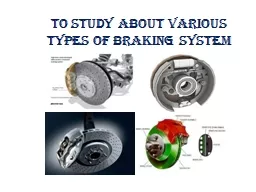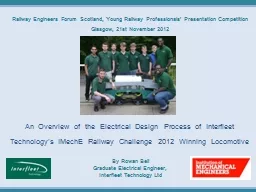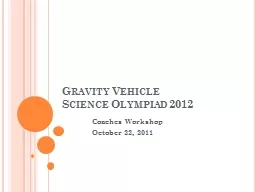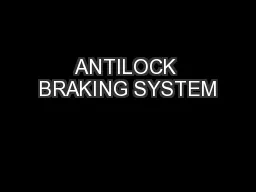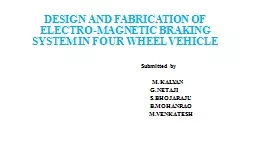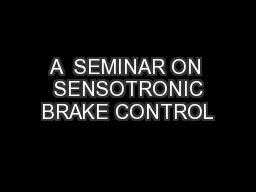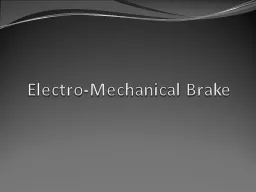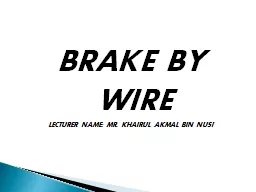PPT-To study about various types of braking system
Author : olivia-moreira | Published Date : 2017-12-14
INTRODUCTION The system is purely mechanical means amp is independent of the hydraulic system which controls the brake normally A brake commonly referred to special
Presentation Embed Code
Download Presentation
Download Presentation The PPT/PDF document "To study about various types of braking ..." is the property of its rightful owner. Permission is granted to download and print the materials on this website for personal, non-commercial use only, and to display it on your personal computer provided you do not modify the materials and that you retain all copyright notices contained in the materials. By downloading content from our website, you accept the terms of this agreement.
To study about various types of braking system: Transcript
Download Rules Of Document
"To study about various types of braking system"The content belongs to its owner. You may download and print it for personal use, without modification, and keep all copyright notices. By downloading, you agree to these terms.
Related Documents

